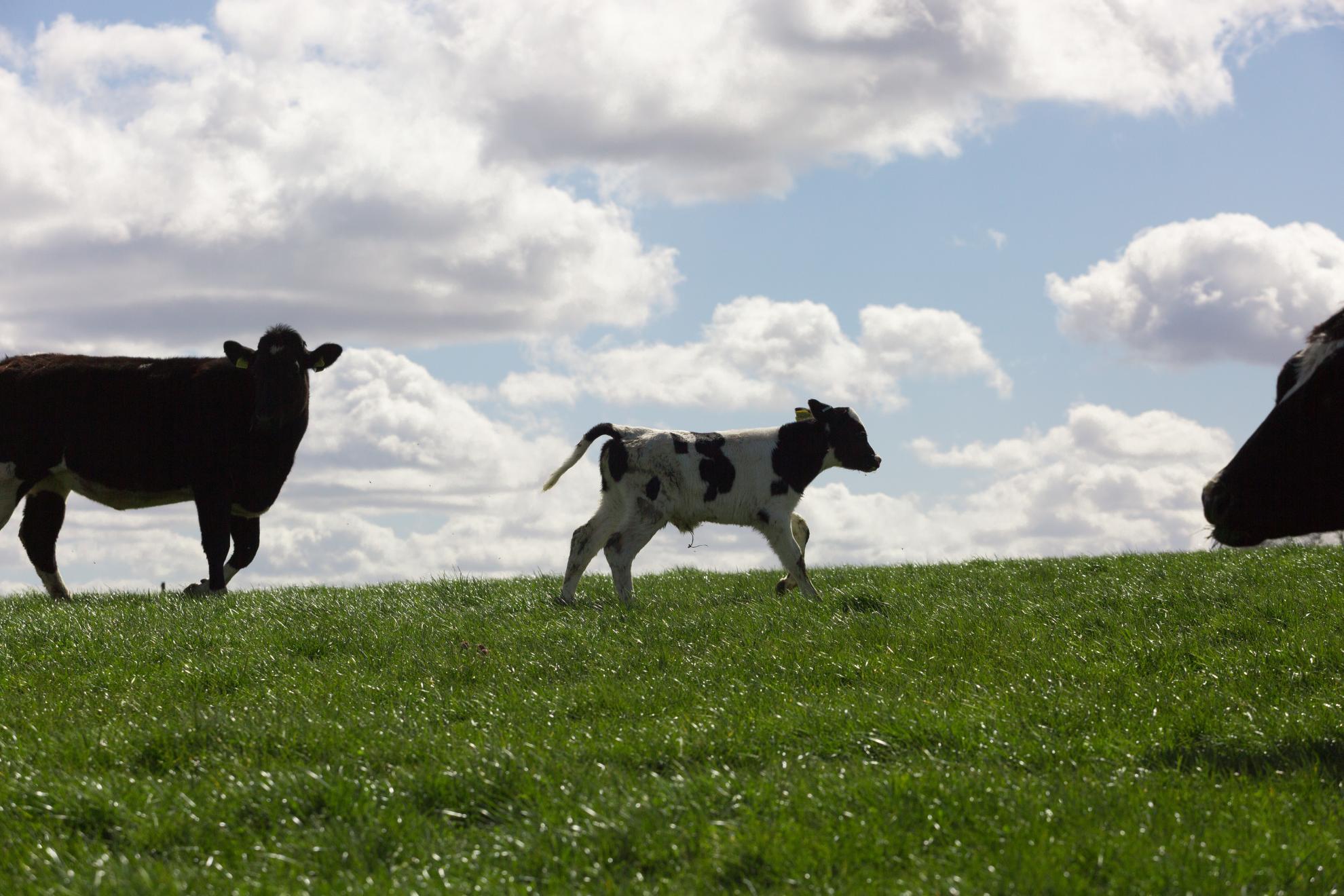Wild birds in live birds markets: potential reservoirs of enzootic avian influenza viruses and antimicrobial resistant enterobacteriaceae in northern Egypt
Wild migratory birds are often implicated in the introduction, maintenance, and global dissemination of different pathogens, such as influenza A viruses (IAV) and antimicrobial-resistant (AMR) bacteria. Trapping of migratory birds during their resting periods at the northern coast of Egypt is a common and ancient practice performed mainly for selling in live bird markets (LBM). In the present study, samples were collected from 148 wild birds, representing 14 species, which were being offered for sale in LBM. All birds were tested for the presence of AIV and enterobacteriaceae. Ten samples collected from Northern Shoveler birds (Spatula clypeata) were positive for IAV and PCR sub-typing and pan HA/NA sequencing assays detected H5N8, H9N2, and H6N2 viruses in four, four, and one birds, respectively. Sequencing of the full haemagglutinin (HA) gene revealed a high similarity with currently circulating IAV in Egypt. From all the birds, E.coli was recovered from 37.2% and Salmonella from 20.2%, with 66%–96% and 23%–43% isolates being resistant to at least one of seven selected critically important antimicrobials (CIA), respectively. The presence of enzootic IAV and the wide prevalence of AMR enterobacteriaceae in wild birds highlight the potential role of LBM in the spread of different pathogens from and to wild birds. Continued surveillance of both AIV and antimicrobial-resistant enterobacteriaceae in wild birds’ habitats is urgently needed.
